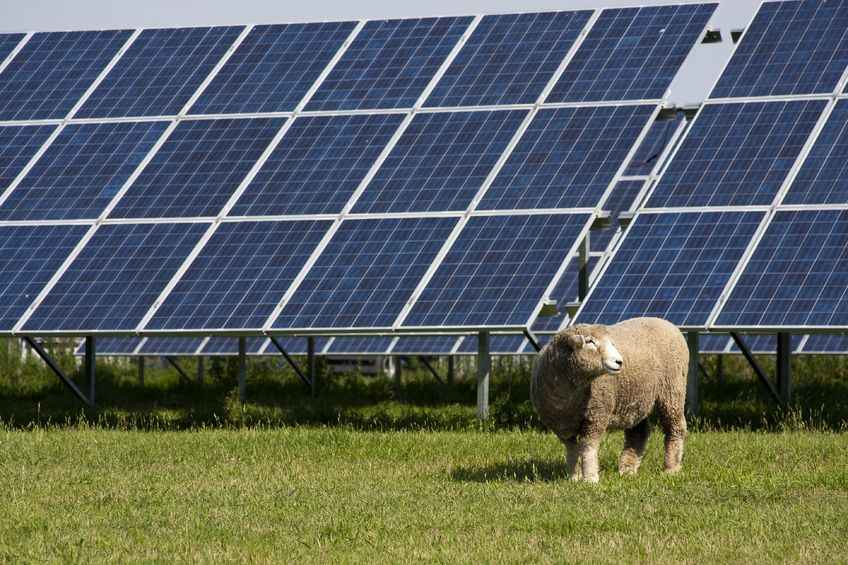
Solar and battery storage are looking increasingly attractive as capital costs decline and energy prices rise, but farms should beware mis-selling in the market.
The cost of solar technology has fallen by over 30% this year and will drop further following the EU’s abolition of its minimum price for Chinese imports.
Alongside more than an 80% rise in wholesale energy costs since 2016, this has made investment increasingly viable for farming businesses.
According to power and energy consultancy Roadnight Taylor, generating power on-farm could pay back in as little as seven years, even without Government support. Installing batteries to absorb and deliver energy can also pay back quickly.
Hugh Taylor, Chief Executive of Roadnight Taylor said: “As well as benefiting from considerable energy cost savings, rural businesses can generate income by storing electricity to sell back into the grid during price spikes, and also by helping the National Grid balance supply and demand in real time.
“However, not all situations will be viable – yet – so it’s important to understand the intricacies of a specific project before committing to it.”
Mr Taylor said farmers should profile the energy demands on-site – both on a half-hourly basis and throughout the year – to ascertain the feasibility and the correct size of any installation.
“Some solar and battery installers are recommending that landowners install much larger schemes than would be appropriate, falsely justifying investment in larger schemes and inflating income projections for nonviable sites,” he said.
“There are many sites which are not yet financially viable, but as technology prices drop and energy prices rise, many are likely to become so in the next few years, so it’s important to know where your site stands.”
To help farmers who are considering such projects, Roadnight Taylor has developed a ‘TrafficLight’ study, which profiles the energy demand, considers generation volumes and tariff structures, and ascertains the viability of a project based on energy market projections.
A green result means it’s worth investing, amber means it is likely to be viable within three years, and red means it’s unlikely to be viable within that time.
